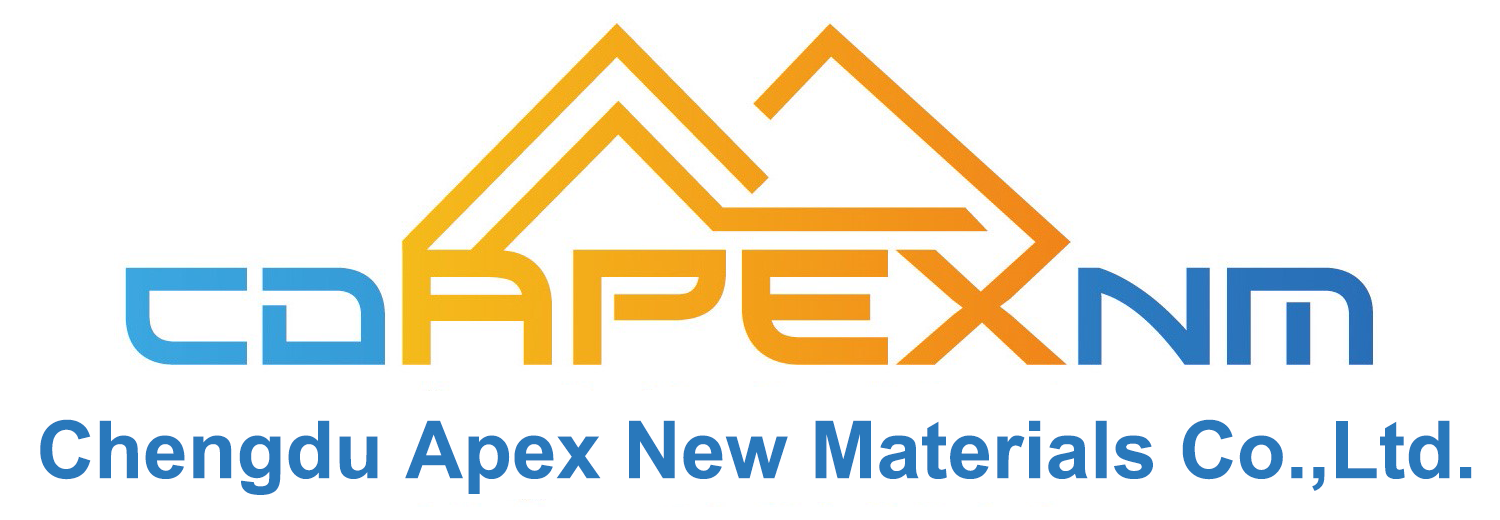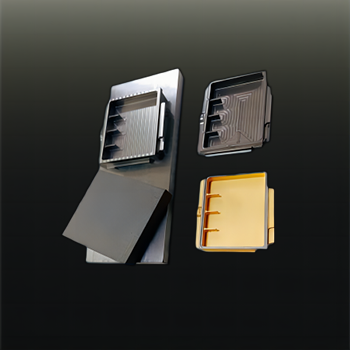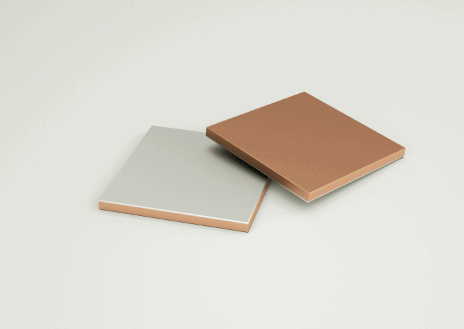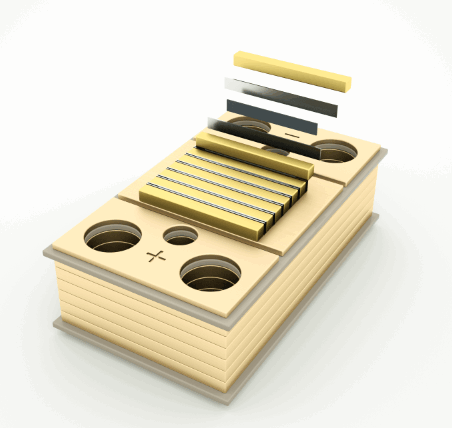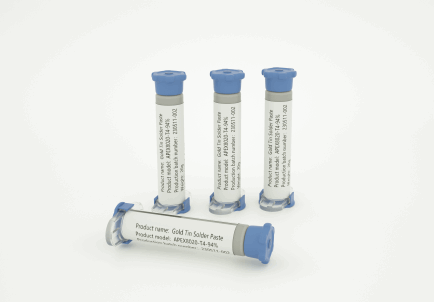NASA-Approved Solder Techniques: Lessons from Space-Grade Material Development
NASA-Approved Solder Techniques: Lessons from Space-Grade Material Development
When it comes to the extreme conditions of space, only the most reliable materials and techniques are acceptable. For over half a century, NASA has set the standard for space-grade solder techniques, ensuring that critical components in satellites, spacecraft, and other aerospace technology perform flawlessly under the harshest conditions imaginable.
As we witness groundbreaking events like the recent Mars missions and satellite launches, the importance of NASA standards for soldering techniques and materials has never been more evident. These standards have paved the way for innovations in space-grade solder that are now being applied in various industries, including aerospace, defense, and medical devices.
1. The Importance of Space-Grade Solder in Space Missions
In the vast expanse of space, soldering is more than just about connecting components—it's about ensuring the absolute reliability of systems that are often hundreds of millions of miles away. For this reason, NASA standards for soldering techniques are incredibly rigorous, focusing on:
- High thermal stability: Space components experience extreme temperature fluctuations. Space-grade solder must remain stable at both high and low temperatures, from the blistering heat of rocket launches to the freezing cold of space.
- Vibration resistance: Rockets and spacecraft experience immense vibrations during launch and re-entry. The solder joints must be able to withstand these vibrations without failing.
- Corrosion resistance: The solder must also resist corrosion in the vacuum of space, ensuring the long-term functionality of space technology.
These stringent requirements have led NASA to develop unique soldering materials and techniques that guarantee the highest level of performance and reliability.
2. Key NASA-Approved Solder Techniques
NASA's work in developing space-grade solder has led to the adoption of specific techniques that are still used in modern aerospace and electronics manufacturing. Some of the critical NASA-approved soldering techniques include:
- Lead-Free Soldering: NASA switched to lead-free solders decades ago in line with environmental concerns, and these materials have become a standard for all aerospace applications. Lead-free solder is not only safer for the environment but also provides a higher melting point, making it ideal for the extreme conditions of space.
- Controlled Atmosphere Soldering (CAS): In order to avoid contamination from the air and to control the quality of the solder joint, NASA uses controlled atmosphere soldering to ensure uniform heat distribution and avoid oxidation.
- Precise Reflow Techniques: Reflow soldering must be done with extreme accuracy to ensure no defects occur that could compromise the integrity of the solder joint. NASA employs multi-zone reflow systems for precise control of temperature gradients, which are crucial for materials used in space technology.
3. Real-World Applications: From Satellites to Medical Devices
The lessons learned from NASA’s development of space-grade solder are not limited to space exploration. These soldering techniques have been applied to various industries where precision, reliability, and high performance are essential. For instance:
- Satellite Launches: With the increase in satellite launches, space-grade soldering techniques are now used to ensure the reliability of electronic systems in satellites, which are exposed to extreme environmental conditions and require maximum reliability over long periods.
- Aerospace: Commercial and military aircraft rely on space-grade soldering to ensure that their electronics systems function safely and effectively under high temperatures and stress.
- Medical Devices: As technology advances in medical implants and diagnostic equipment, NASA standards are increasingly being applied to develop highly reliable, long-lasting devices that are safe for human use.
4. Why These Lessons Matter Now: The Future of Space Missions
With private space exploration companies like SpaceX and Blue Origin leading the charge in new satellite constellations, moon missions, and Mars exploration, the lessons learned from NASA's space-grade solder techniques have never been more important. These companies are pushing the boundaries of technology, and adopting NASA standards ensures the materials used in their missions can withstand the rigors of space travel and help reduce mission failures.
Recent events, like the successful launch of NASA's Perseverance Rover on Mars and SpaceX’s Starlink satellite launches, underscore the necessity of space-grade solder and its applications across industries. As more technologies emerge, these standards will continue to influence the development of high-reliability electronic components for all kinds of applications—terrestrial and beyond.
5. Conclusion: Implementing NASA-Approved Techniques for Your Projects
If you are involved in aerospace, satellite, or high-performance electronics manufacturing, applying NASA-approved solder techniques to your processes ensures that your components meet the highest reliability standards. These soldering techniques are no longer confined to space missions—they can be applied to a variety of industries where performance and longevity are critical.
At Apex New Materials, we specialize in providing space-grade solder solutions that meet NASA standards, helping your projects succeed in extreme environments. Reach out today to learn how our high-performance solder materials can elevate your electronics assembly.
Learn more about space-grade soldering solutions
Contact Apex New Materials
